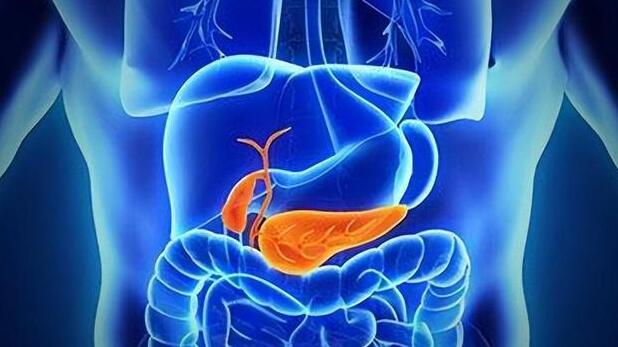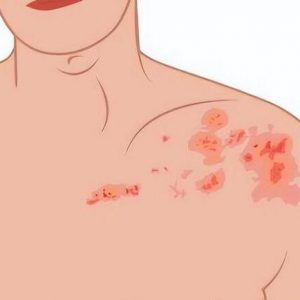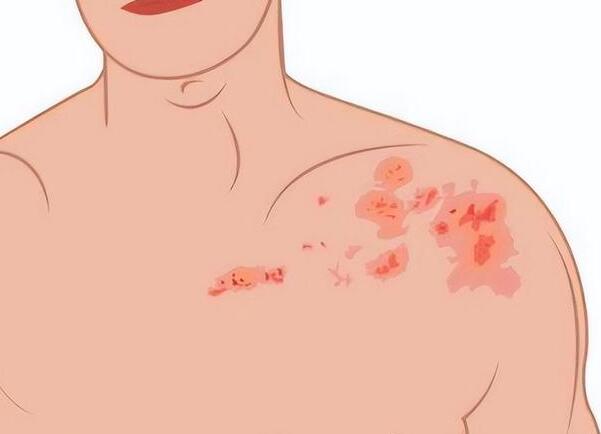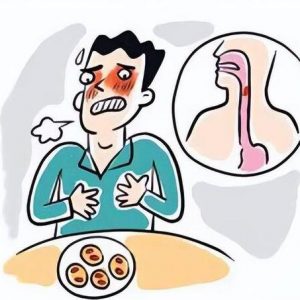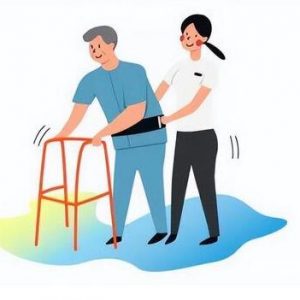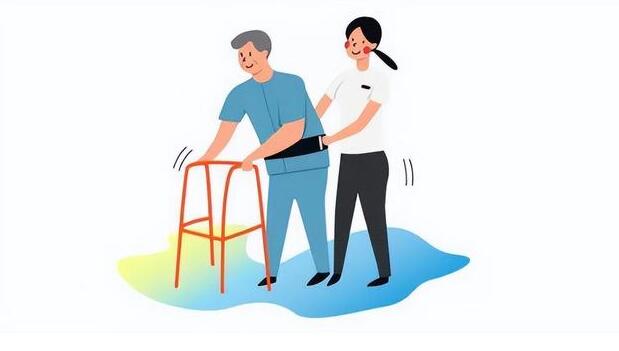Contrary to the belief that one should exercise more when experiencing knee pain, this is not correct.
Knee pain often indicates inflammation within the joint due to certain causes. In such cases, rest should be prioritized to help eliminate inflammation and alleviate symptoms.
Therefore, when knee pain occurs, it is advisable to minimize actions such as squatting, climbing hills, and walking up and down stairs, and to avoid movements that cause pain.
However, this does not mean that all exercise should be avoided. It is possible to engage in appropriate rehabilitation exercises that do not cause discomfort in the knee joint, such as non-weight-bearing muscle strength training, range of motion exercises, and swimming. The specific exercises should be tailored to the individual and conducted under the guidance of a professional doctor.
How to Protect Knee Joints?
1. Reduce the load on the knee joint and minimize inappropriate activities
In daily life, it is important to reduce activities like climbing stairs or hills, which involve frequent flexion and extension of the knee joint, causing repeated friction between the patella and femur. Over time, this can lead to significant wear and tear on the patellofemoral joint, especially in women over 50 as estrogen levels decline and joint degeneration worsens. It is best to avoid climbing stairs or hiking.
Similarly, deep squats should be avoided, particularly repeated squatting and standing, as the cartilage between the patella and femur is highly susceptible to wear during these movements.
2. Avoid prolonged sitting and using low stools
Do not sit for extended periods, and avoid crossing your legs while seated. When getting up from a seated position, pull your feet back slightly and use armrests if available to assist in standing, reducing pressure on the knee joints. Also, avoid sitting on very low stools, as getting up from a low stool puts a lot of pressure on the knees, which can easily cause injury.
What is the best way to sit? Keep the knees and hips at the same level.
3. Keep warm and avoid catching a cold
As people age, many experience coldness, chilliness, and sensitivity to wind in their knee joints, feeling a draft even in hot summer weather.
Generally, as age increases and knee joint cartilage wears down, joint degeneration and inflammation occur, leading to increased intra-articular pressure. Under high pressure, blood flow slows in the capillaries, making nerves more sensitive. Exposure to wind or cold, damp environments can exacerbate knee discomfort. Therefore, it is important to keep warm in daily life and use thermal therapy to relieve symptoms.
4. Strengthen joint stability through muscle training
Reduced joint stability is a significant risk factor for knee joint degeneration and injury. The stability of the knee joint is mainly maintained by surrounding muscles, ligaments, and the joint capsule, with muscles providing static and dynamic stability during movement. Thus, proper training of the muscles around the knee joint can enhance stability, slowing degeneration and reducing the occurrence of injuries.
5. Maintain a balanced diet and healthy lifestyle
Ensure adequate calcium intake through foods high in calcium, such as milk, soy products, and shrimp skins. Eat more liver, fish, and eggs, which are high in vitamin D and promote calcium absorption. Also, get plenty of sun to activate vitamin D. Fresh fruits, rich in vitamins, should be consumed daily. Avoid smoking, drinking alcohol, and consuming high-sugar, high-salt, and high-fat foods, as well as coffee, cola, strong tea, and cured foods like pickles and bacon.
6. Control weight. Excessive weight increases the burden on the knee joints, leading to wear and tear.

